 Shutterstock
Shutterstock
If you’ve ever watched two dogs meet for the first time, you’ve likely noticed their go-to greeting involves many sniffing each other’s behinds. While it might seem strange or amusing to humans, this behavior is important to canine communication. Dogs rely heavily on their sense of smell to gather information, and their sniffing habits offer more insight into the canine world than you might think. From identifying each other’s health to establishing social hierarchies, butt-sniffing is a complex and fascinating behavior rooted in instinct, biology, and communication.
An Olfactory Superpower
 Shutterstock
Shutterstock
Dogs have an extraordinary sense of smell, far superior to humans. While we rely primarily on sight and sound, dogs perceive the world largely through their noses. The reason dogs sniff each other’s butts is simple: it’s the fastest way to gather important information about the other dog. The glands located in a dog’s anal region release unique chemical signals that tell other dogs everything from their sex and age to what they’ve recently eaten. Essentially, butt-sniffing is the canine equivalent of exchanging business cards, and it’s much more efficient than a simple “hello.”
Chemical Communication
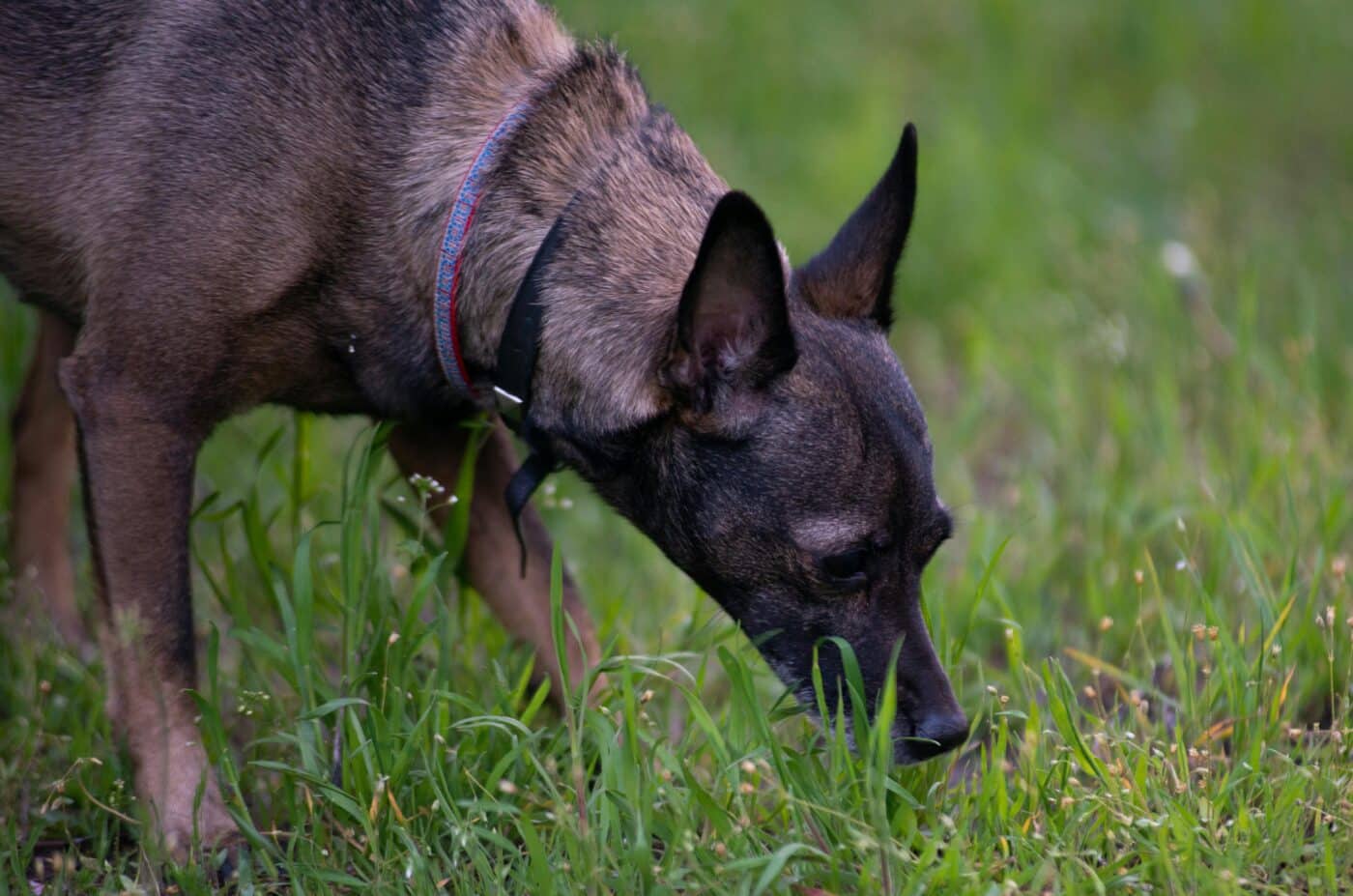 Shutterstock
Shutterstock
Dogs possess special glands called anal sacs located near their rear end, which produce pheromones—chemical signals used for communication. These pheromones contain a wealth of information about a dog’s identity, emotional state, and health. When a dog sniffs another dog behind, they’re accessing these pheromones and learning vital information. This form of chemical communication is essential for dogs to establish familiarity, determine the other dog’s intentions, and avoid potential conflicts.
 Shutterstock
Shutterstock
Sniffing each other’s butts isn’t just about gathering information; it’s also a way for dogs to establish their place within a social hierarchy. In the dog world, status is important, and sniffing is key to understanding who’s in charge. When two dogs meet, how they sniff each other can indicate dominance or submission. The dog that allows itself to be sniffed without much reaction is often the more dominant, while the other may defer by standing still or lowering its head.
It’s Like a Doggie Health Checkup
 Shutterstock
Shutterstock
Dogs can detect changes in another dog’s health simply by sniffing their butt. The pheromones released from the anal glands provide clues about a dog’s overall well-being, including whether they’re sick, stressed, or even pregnant. In fact, dogs can even detect certain diseases like cancer through their superpowered sense of smell. By sniffing each other, dogs can assess their companions’ health, helping them decide whether to engage in play or keep their distance.
A Greeting Ritual
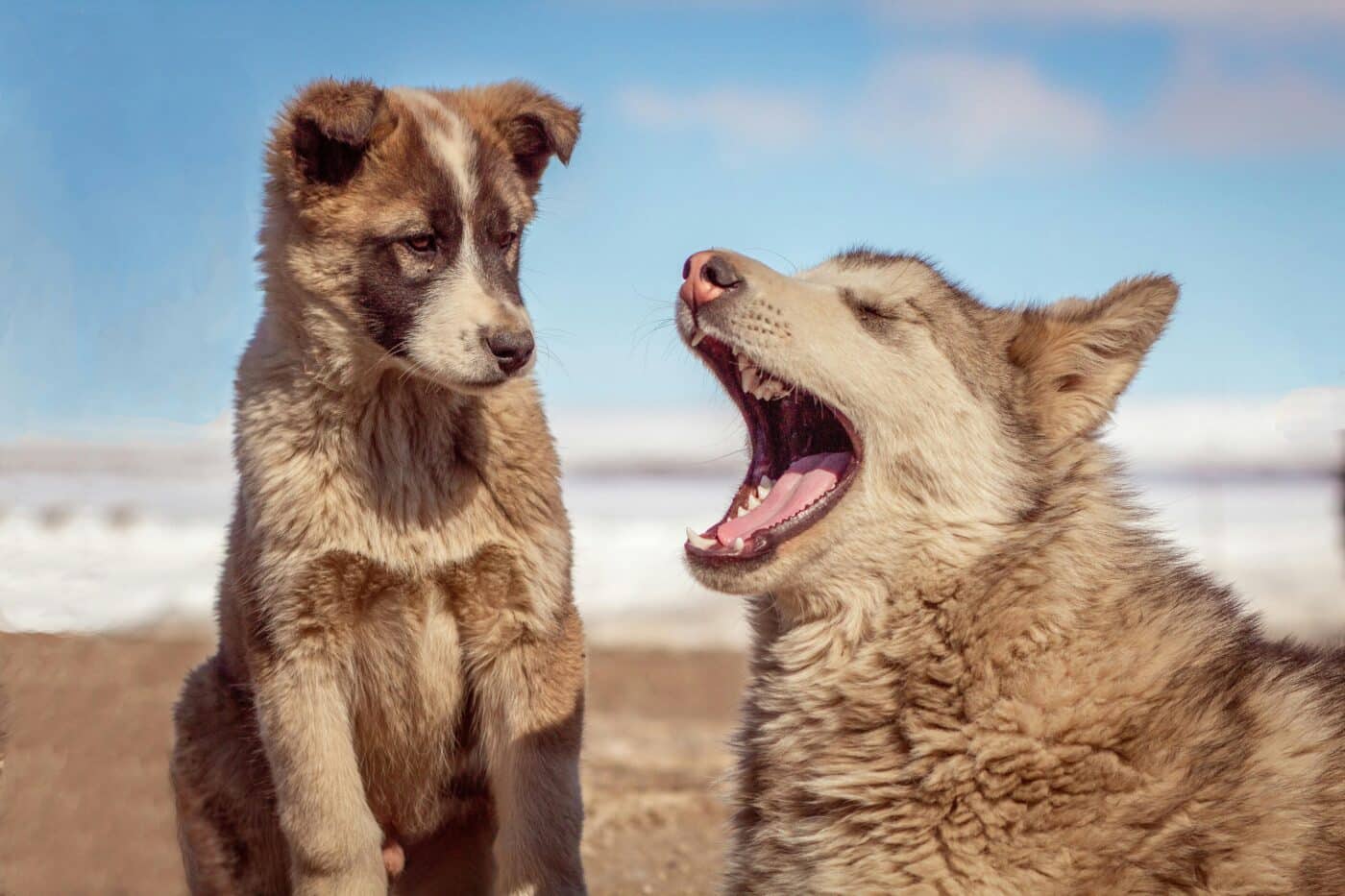 Shutterstock
Shutterstock
When dogs meet for the first time, butt-sniffing is an important ritual that helps break the ice. Unlike humans, who may rely on small talk to ease into social interaction, dogs use sniffing to gather the information they need about one another before deciding how to proceed. This ritual helps them determine if the other dog is friendly, aggressive, or playful. Once the sniffing is done, dogs feel more comfortable engaging in play or other social behaviors, as they’ve already gathered the necessary information to assess the situation.
Reinforcing Bonds Between Friends
 Shutterstock
Shutterstock
Sniffing isn’t just for new acquaintances. Dogs that already know each other often use butt-sniffing to reinforce their bond. Dogs sniff to reconnect like humans greet each other with a hug or handshake. After being apart for a while, sniffing allows them to confirm that their buddy is still the same dog they remember. This simple act strengthens their relationship and reaffirms their social connection.
Smelling Emotional States
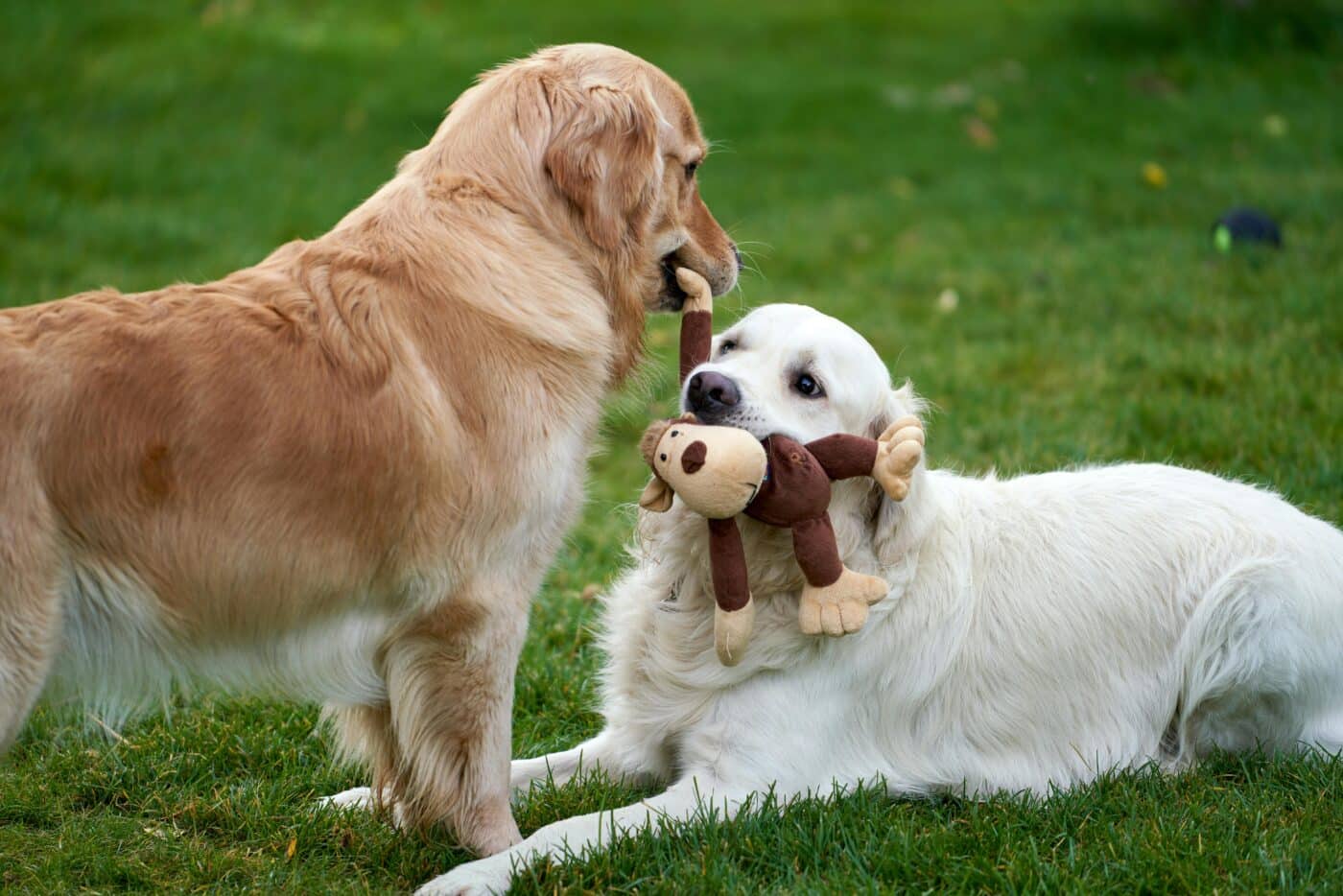 Shutterstock
Shutterstock
Dogs are incredibly intuitive creatures, and their ability to detect emotional states is enhanced through their sense of smell. The pheromones released from the anal glands can provide clues about a dog’s emotional state, such as fear, excitement, or stress. When a dog sniffs another’s butt, they can determine how the other dog is feeling, which helps them decide how to interact. If a dog senses that the other is anxious or fearful, they may approach more cautiously or choose not to engage.
It’s a Way to Identify Gender
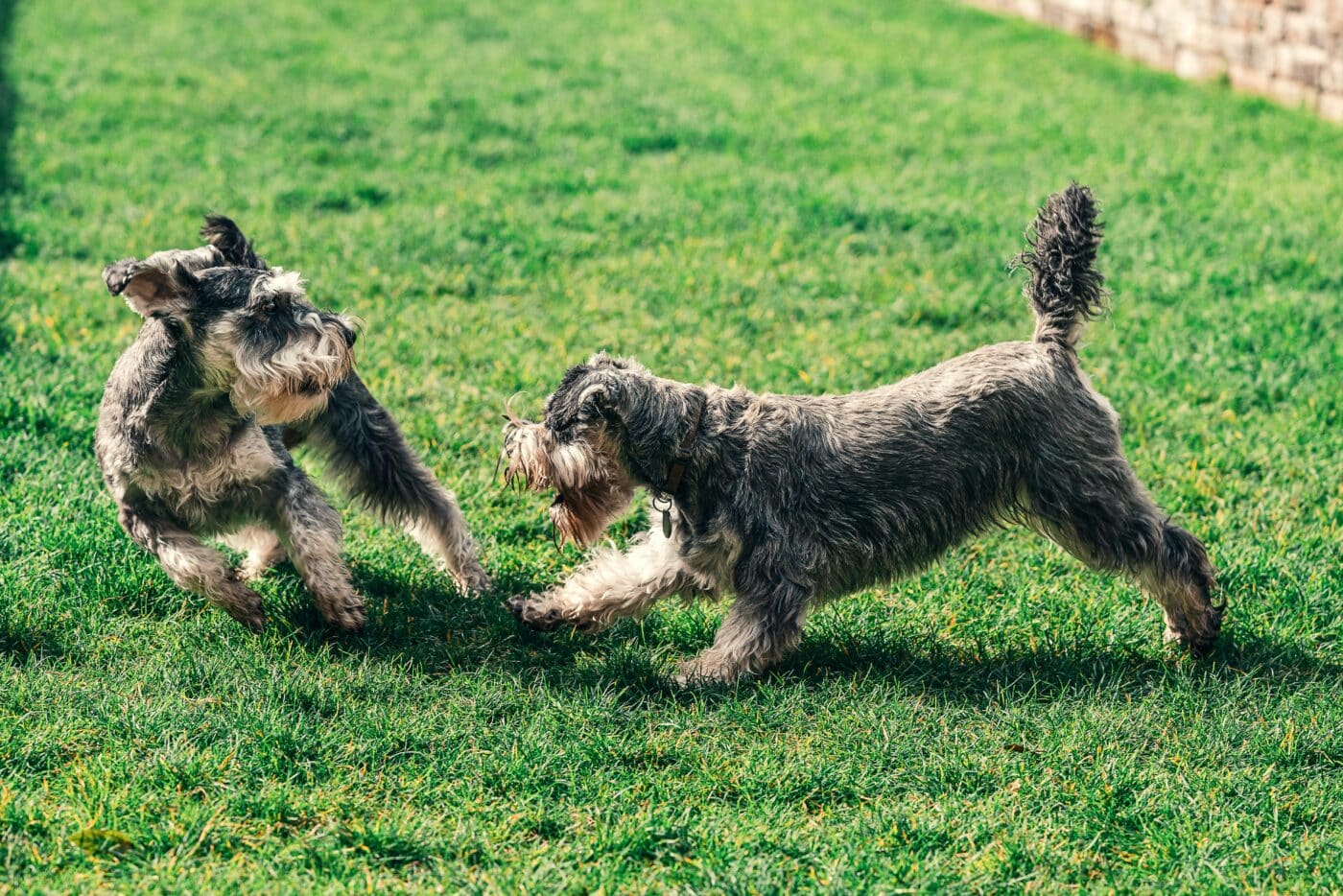 Shutterstock
Shutterstock
Another reason dogs sniff each other’s butts is to determine gender. While it may seem obvious, dogs use scent to confirm whether they’re dealing with a male or female. The chemical signals produced by the anal glands can tell a dog not only the gender of the other dog but also if they’re in heat or ready to mate. This is particularly important for dogs in the wild, where reproduction plays a key role in survival.
Memory Enhancer
 Shutterstock
Shutterstock
Dogs have a remarkable ability to remember the scents of other dogs they’ve met before. When they sniff a familiar dog behind, they can recall past interactions and assess whether the other dog is a friend, foe, or someone they must approach with caution. This scent memory helps dogs navigate their social world and maintain relationships with the dogs they encounter regularly. It’s like scrolling through an old text conversation to remind yourself of past exchanges!
Detecting Stress or Illness
 Shutterstock
Shutterstock
Dogs are highly attuned to the emotional and physical states of those around them, and their sense of smell plays a big part in this. When sniffing another dog’s butt, they can pick up on signals that indicate stress or illness. For example, a dog feeling unwell may release pheromones that are different from their normal scent. Other dogs can detect this change and may adjust their behavior accordingly by offering comfort or steering clear to avoid catching any potential illness.
It’s a Territorial Thing
 Shutterstock
Shutterstock
Dogs are naturally territorial animals, and sniffing plays a role in marking and understanding territories. By sniffing another dog’s behind, they’re learning about that dog’s identity and determining whether the dog has claimed any territory nearby. The scent left behind on the ground after a dog goes to the bathroom contains territorial markers, and other dogs sniff these areas to understand who has been there and what they’ve claimed as their own.
Canine Curiosity
 Shutterstock
Shutterstock
Let’s face it—dogs are curious creatures and often explore the world with their noses. Butt-sniffing satisfies their curiosity by giving them information about the other dog in seconds. Whether it’s learning about the other dog’s diet, mood, or recent activities, sniffing provides a comprehensive overview of the dog’s life. In this way, butt-sniffing is just another expression of their natural inquisitiveness.
There’s More to It Than a Simple Sniff
 Shutterstock
Shutterstock
Butt-sniffing may seem strange or comical to us, but for dogs, it’s an essential part of their social interaction and communication. Dogs can learn about each other’s health, emotional state, and social standing through this seemingly odd ritual—all in moments. So the next time you see your dog engaging in a sniff session, remember they’re not just being nosy—they’re gathering valuable information and following instincts passed down through generations.
The Nose Knows Best!
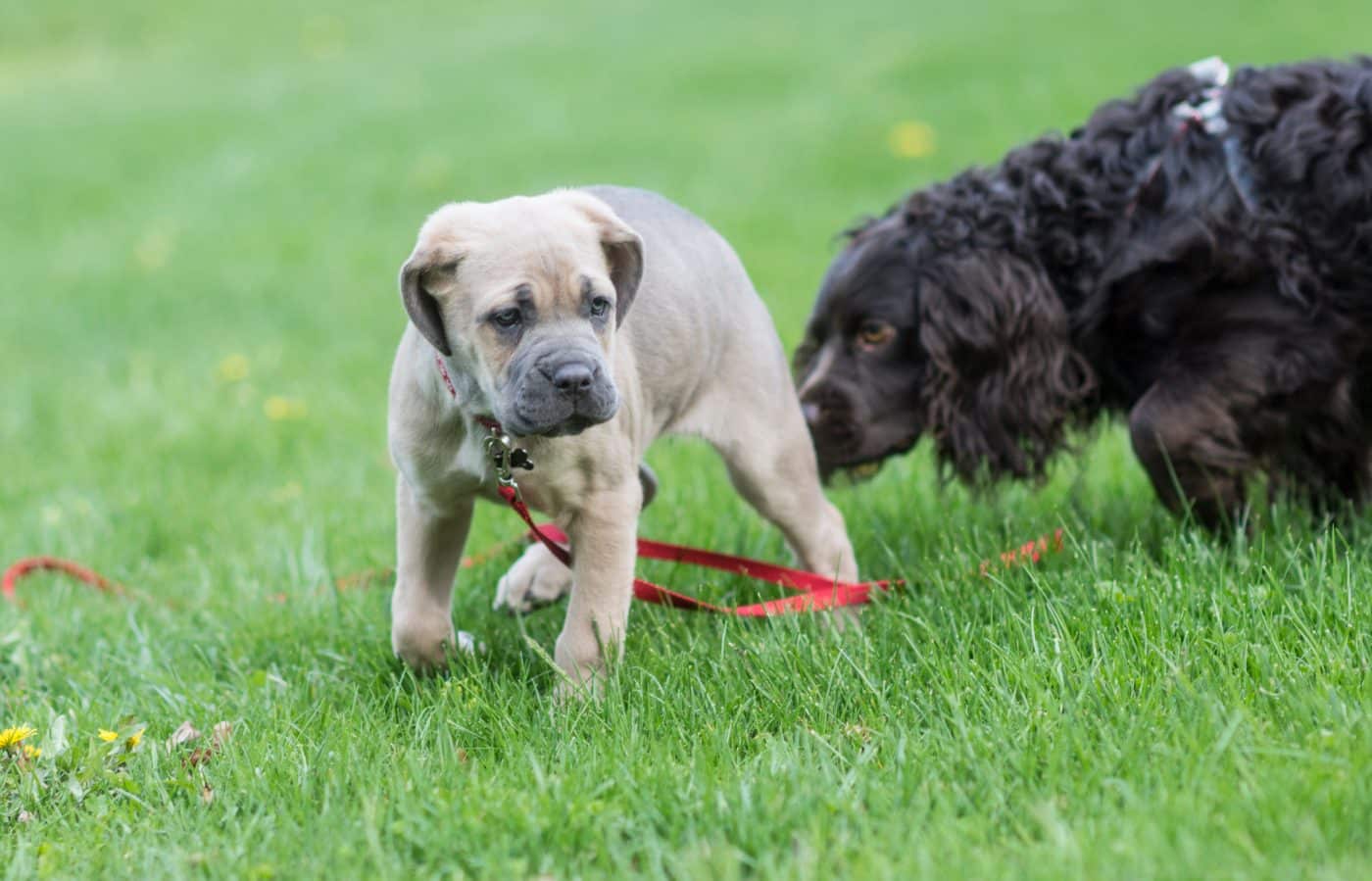 Shutterstock
Shutterstock
At the end of the day, dogs are onto something when they engage in their famous butt-sniffing routine. While it might look strange to us, they’re actually using their incredible noses to gather valuable information and navigate social interactions with other dogs. So, the next time you see your dog sniffing away at the park, don’t worry—let them do their thing. They’re busy collecting data, making new friends, and reminding us all that, when it comes to understanding the world, their noses really do know best!

 1 month ago
12
1 month ago
12

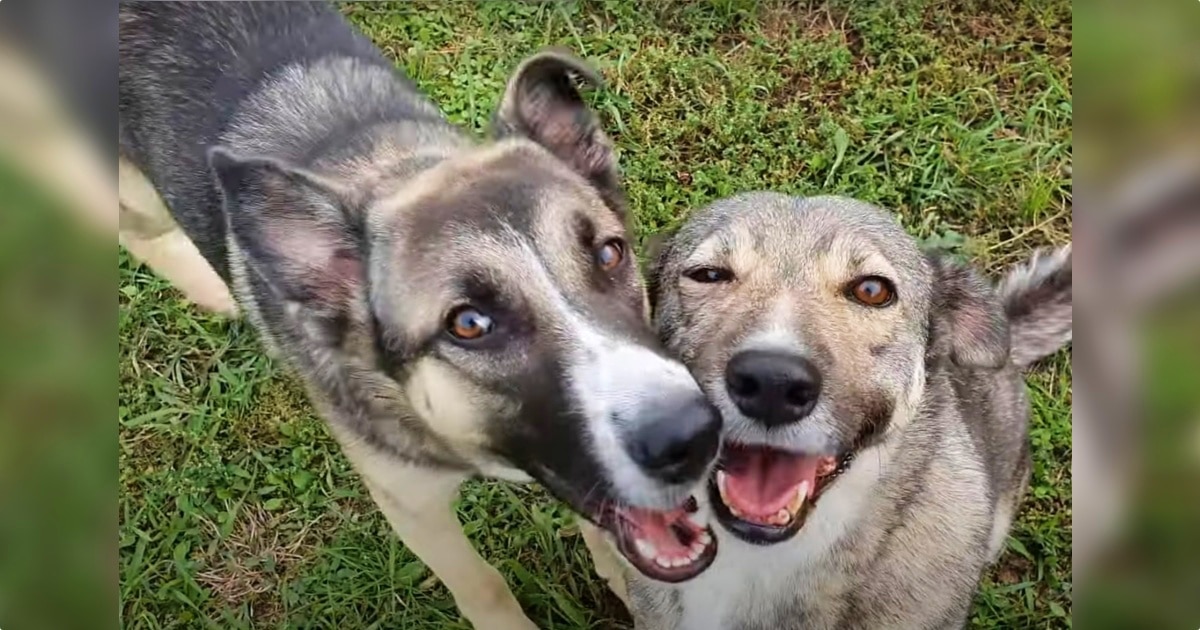
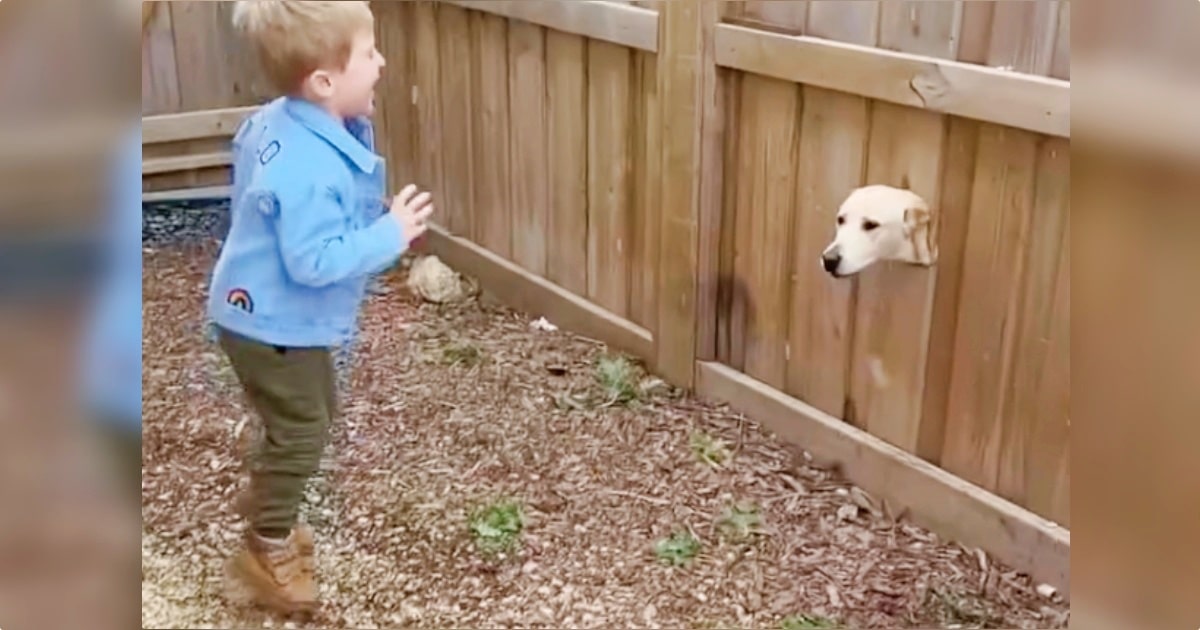




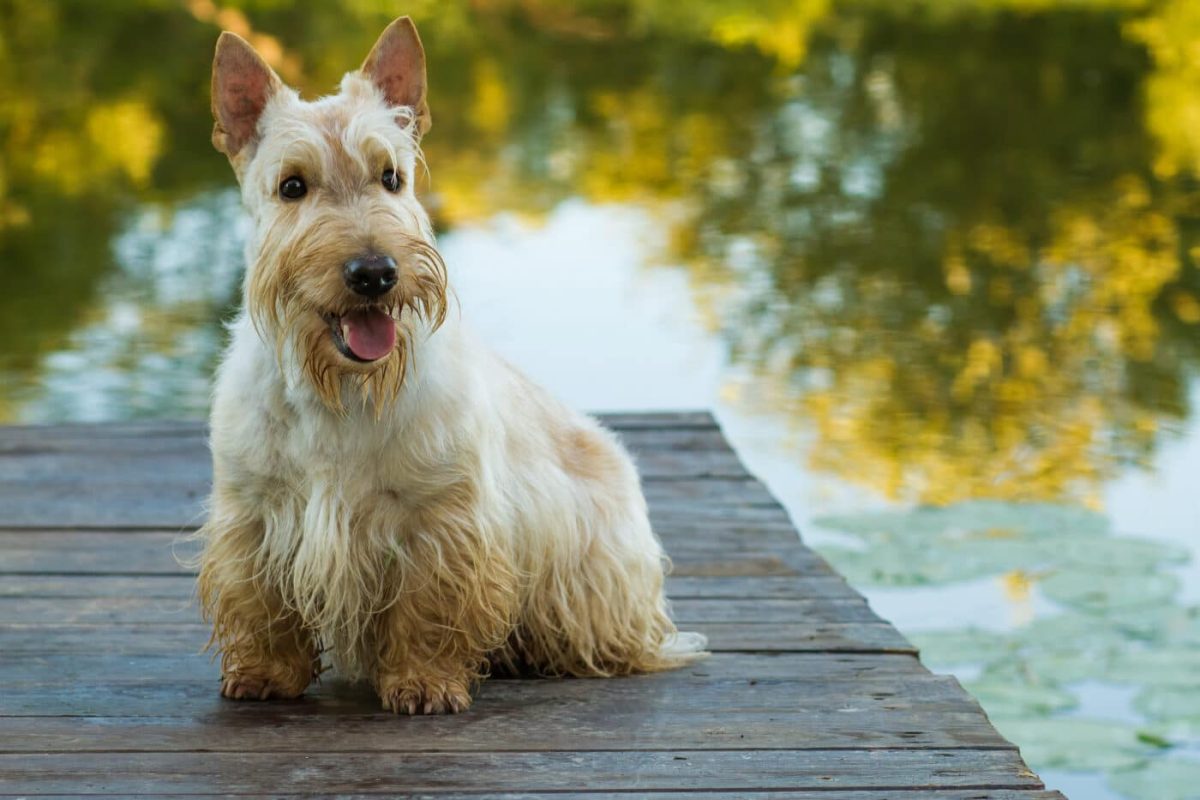



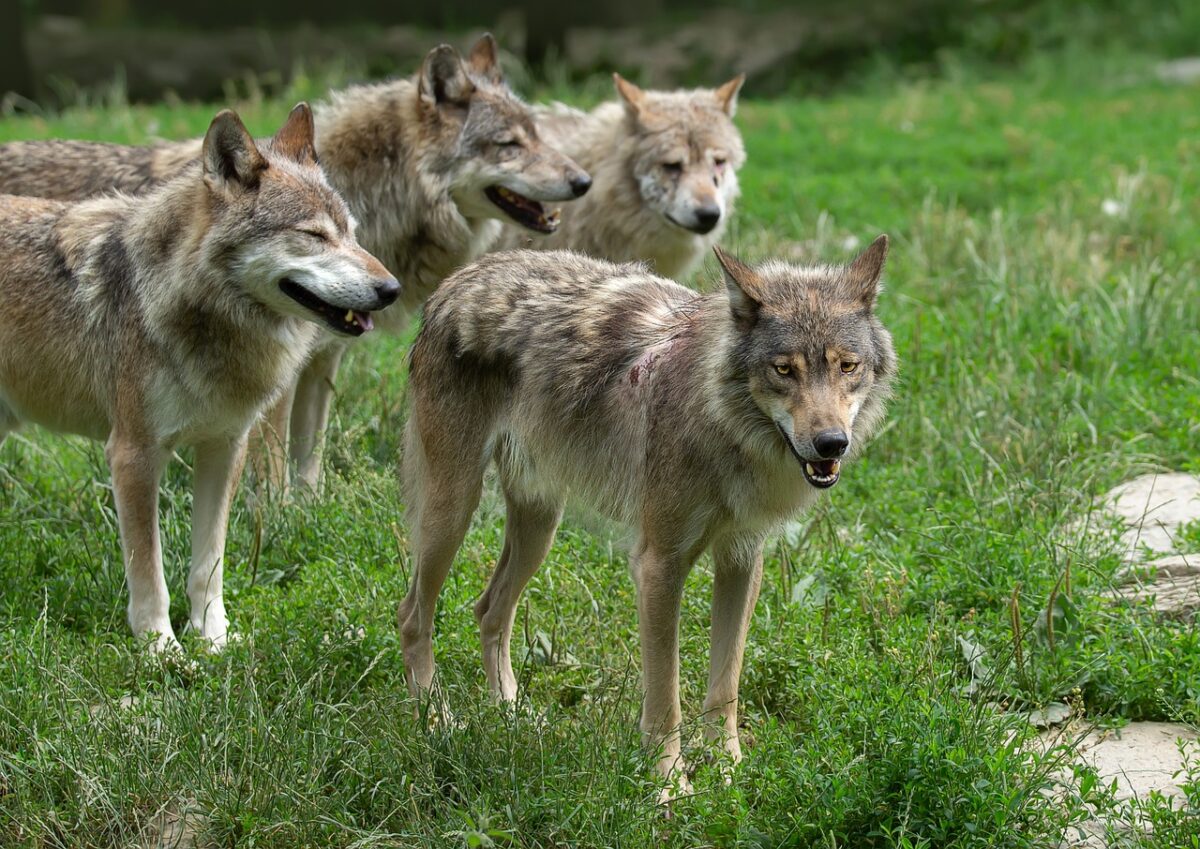
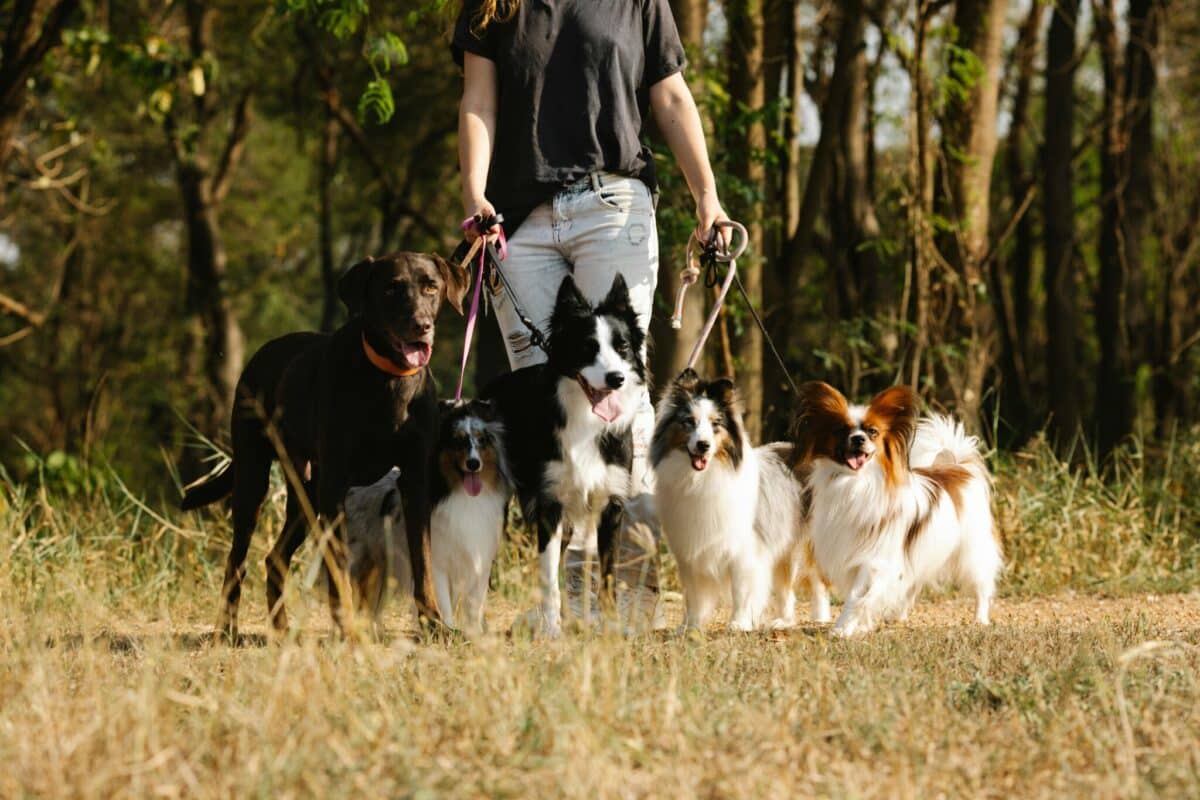




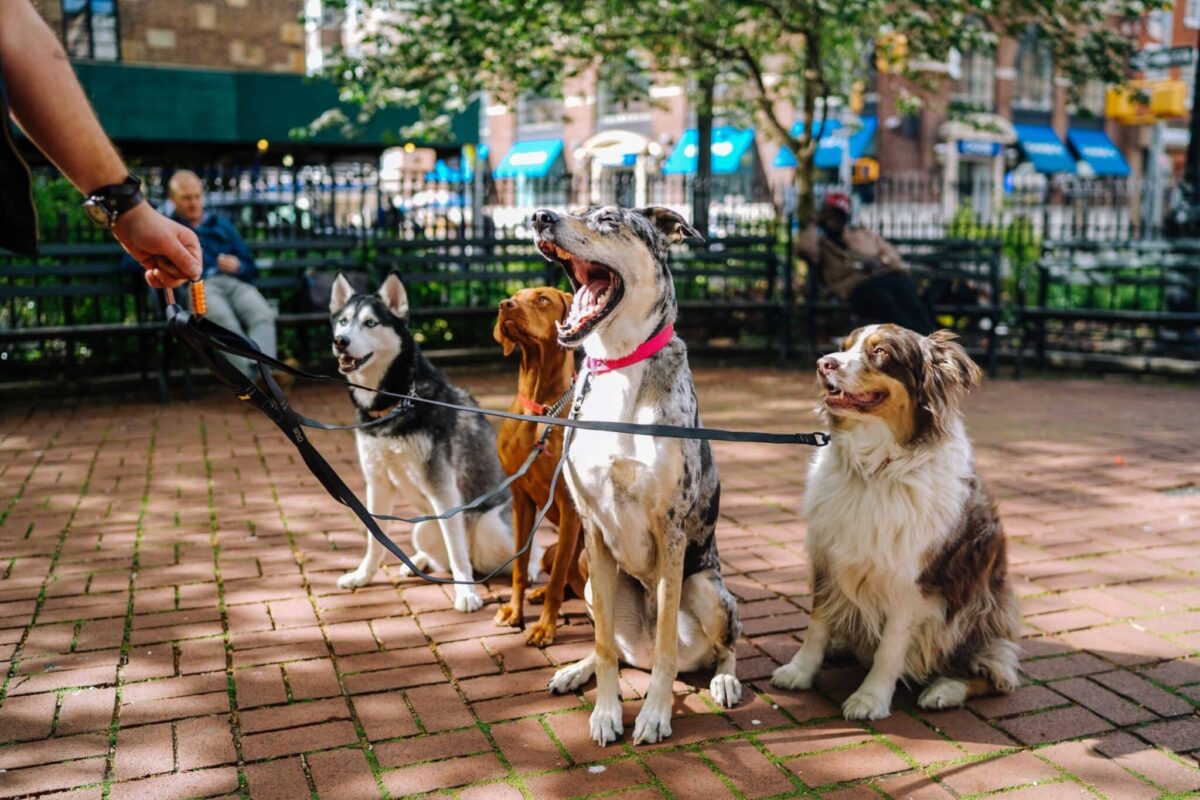
 English (US) ·
English (US) ·